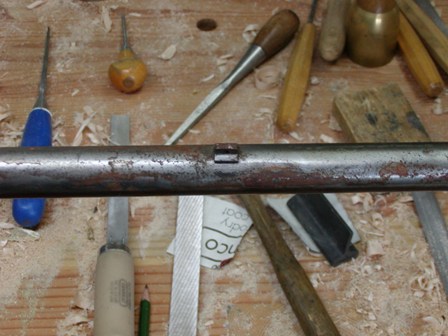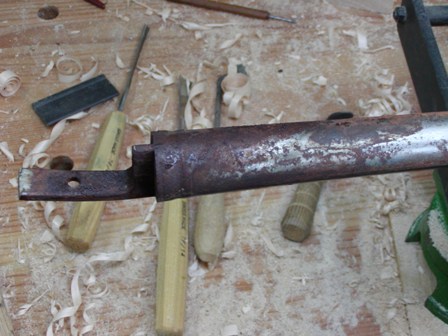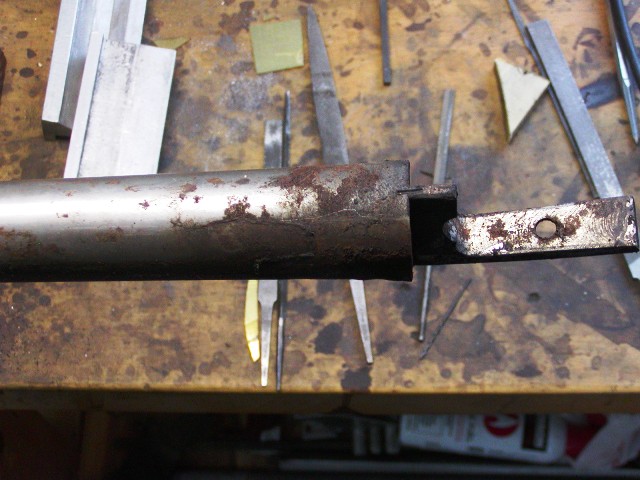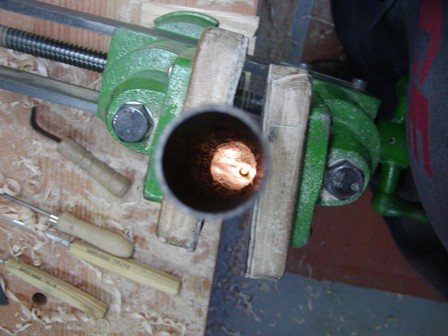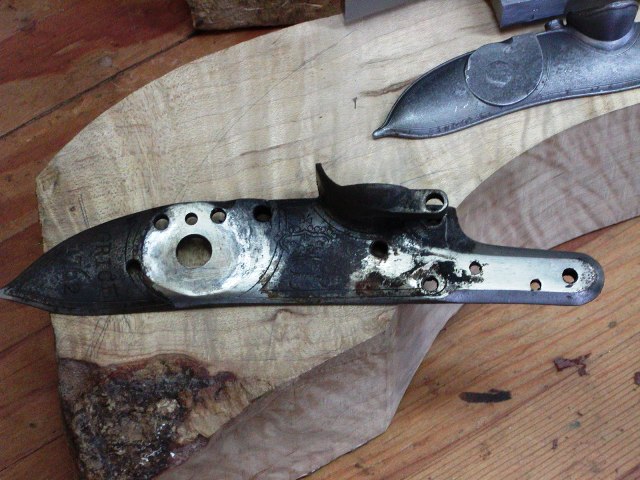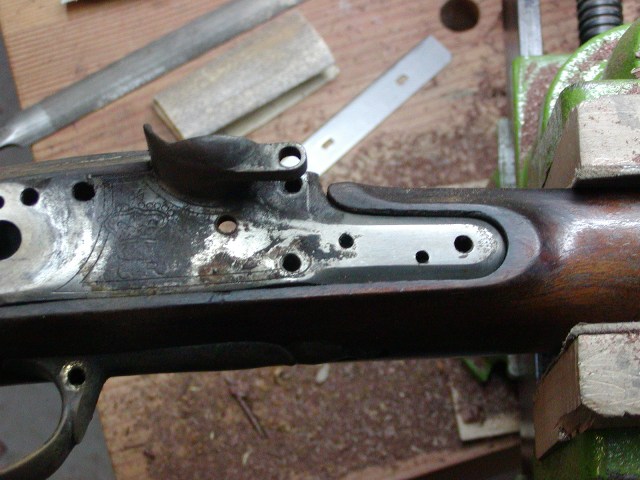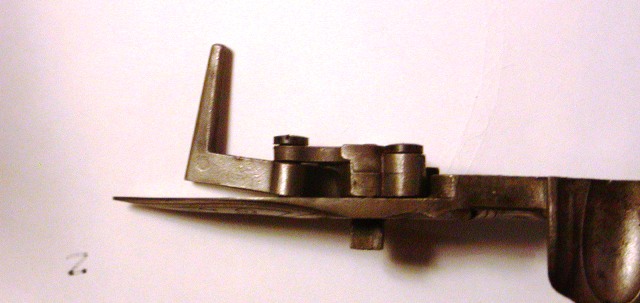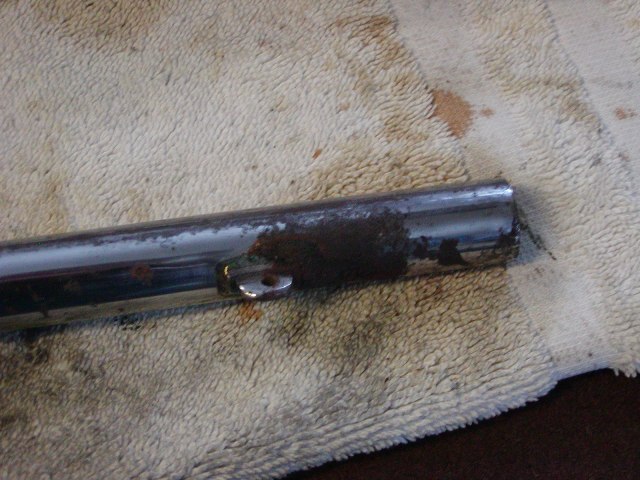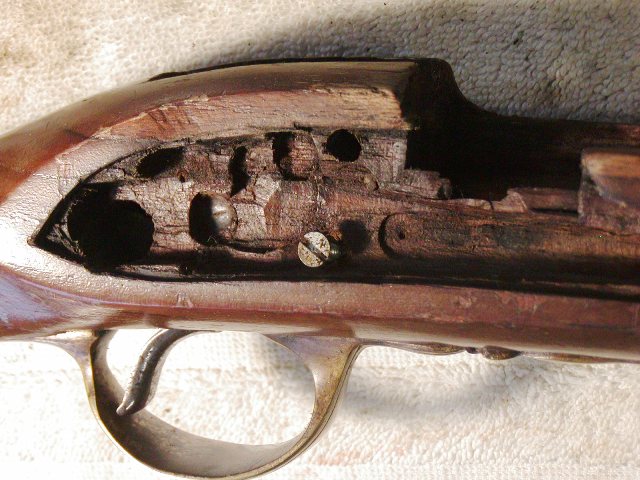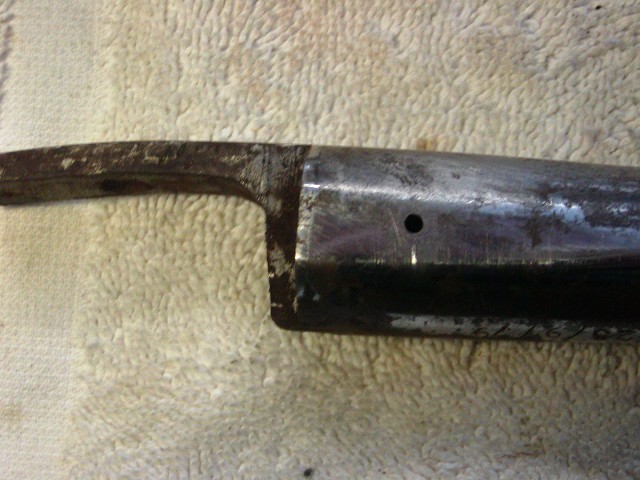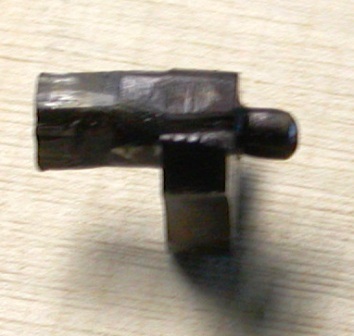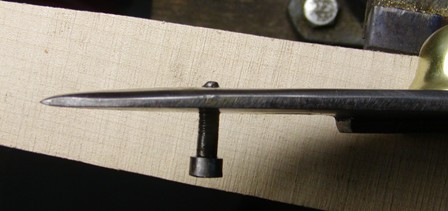Rock Home Isle
58 Cal.
This right here, makes sense.AMEN.
I'm a group's "armorer", and I'm the guy that routinely is dropping a scope down the barrels to look for pitting, and replacing worn parts, or refinishing a stock. I work mostly on personally owned muskets, Miroku and Pedersoli, but I do see the occasional Loyalist Arms or MVTC Bess, and they repay me for the parts that are applied, or the chemicals/dye/finish that I use when redoing their stocks. The India origin ones don't normally need parts, and if they do, I can't do that "in the field" as they need custom fitting.
We have found that having the lads clean right after returning from the field, as a group activity, and my having a stock of basic parts on hand (Plus a shop magnet for the privates that just can't help but loose screws in the grass where they are sitting when cleaning) allows us to promptly maintain the guns, and thus stuff doesn't get neglected...., as time is not your friend when a musket needs "attention".
LD
….Course @Loyalist Dave has proven to be a reliable source for so much information, and direction…




